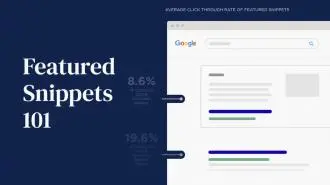Summary / TL;DR
Updating old content for SEO improves visibility by reversing content decay, which happens as search algorithms, trends, and competitors evolve. By analysing performance data through tools like Google Analytics, site owners can identify underperforming pages and prioritise updates based on engagement metrics and keyword relevance. Effective optimisation involves refreshing outdated information, reformatting for readability, improving keyword targeting, and ensuring high-quality internal and external links. Maintaining a content review calendar and setting measurable goals supports long-term SEO strategy. Regularly reviewing and upgrading existing posts helps sustain traffic, align content with user intent, and enhance the overall user experience.
Everyone within your target keywords demographic utilises search engines to access high-quality information to find the necessary information.
Suppose you want your content creation process optimised for the top of search engine results engine results pages (SERPs) for queries related to your blog or brand. In that case, you must optimise every piece of evergreen content so that this is likely to happen, hence the importance of search engine optimisation (SEO), especially in populating the higher realms of the results page.
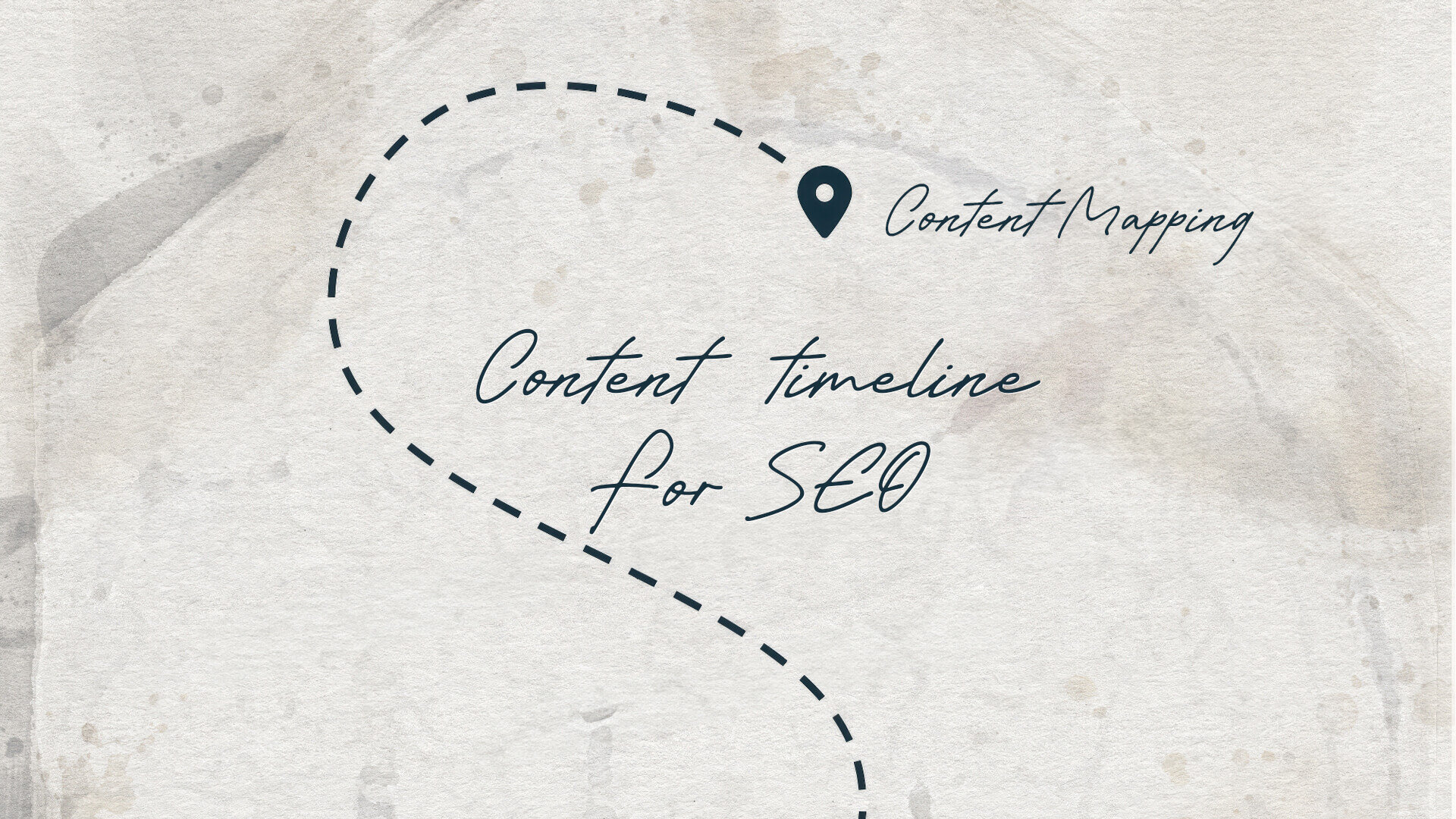
Have you started a content SEO strategy that’s just not hitting the mark? If so, giving those outdated articles and blog posts a refresh could be the ticket to turning things around.
Many bloggers miss out on one of the best tactics efficient content optimisation provides- returning to and updating old content. This means they are missing out on a huge opportunity to rank higher on SERPs and get a constant influx of organic traffic.
This guide and tools, such as Google Analytics, will help you upgrade your old articles and blog posts to increase your visibility on search engines and drive engagement with your content.
Want to receive updates? Sign up to our newsletter
Each time a new blog is posted, you’ll receive a notification, it’s really that simple.
Ready Yourself and Your Team for An SEO Content Revamp
Upgrading and optimising old content for SEO is a process. Not only do you need to make time for doing it, but you also must ensure you’re organised and have the necessary tools.
Whether you’re a lone blogger or have a team behind you, everyone must be ready to revamp SEO content.
Go over why a content refresh is needed and the timeline. Let each person know their role in the process if you have a team. Audit your tools to ensure you have what you need to pull off a content revamp, such as keyword stuffing or over-optimisation tools, editing software, and graphic design tools to create visuals.
Then, it’s time to upgrade old content and revisit your new keywords data.
Review Your Data
Your content’s been out there for a while, so you’ve had time to accumulate data on its performance. Analysing this information and figuring out how it contributes to or detracts from your content’s success is critical in determining what upgrades to your content would be most beneficial for SEO.
The following tips will help you review your data in a way that leads to better optimisation of old content.
1. How Are You Ranking?
Determining how you are ranked on search engines will help you decide which content is worth updating. There’s no real need to mess with content that’s ranking well. But the content that isn’t can give you insights into why.
For example, maybe a blog post isn’t ranking because of your keywords. Or perhaps you aren’t providing any value, so people aren’t visiting it as much. Engagement data, such as comments, social media shares, and organic traffic, are indicators of valuable content in addition to its ranking.
Look at this data, list your lowest-ranked content, and start your analysis here to compile reasons as to why.
2. Examine the Posts Getting the Most Engagement
In addition to examining low-ranking content, it’s also essential to study posts and articles with high ranks and engagement. Determine why this content is getting the most engagement and why search engines love it, and you’ll be able to mirror these things in low-performing content.
Like your low-ranking content, go through your data to determine which pieces rank the highest. Also, find data on engagement, like how many visits, comments, and shares a blog post gets.
Then, you can begin brainstorming the why behind this engagement and how to improve the meta descriptions for better SEO performance. For example, is the topic highly relevant to your target audience? Is it the accompanying visuals? Do you tell a great story?
Your best posts and articles can be incredibly helpful in figuring out why your other content isn’t doing as well.
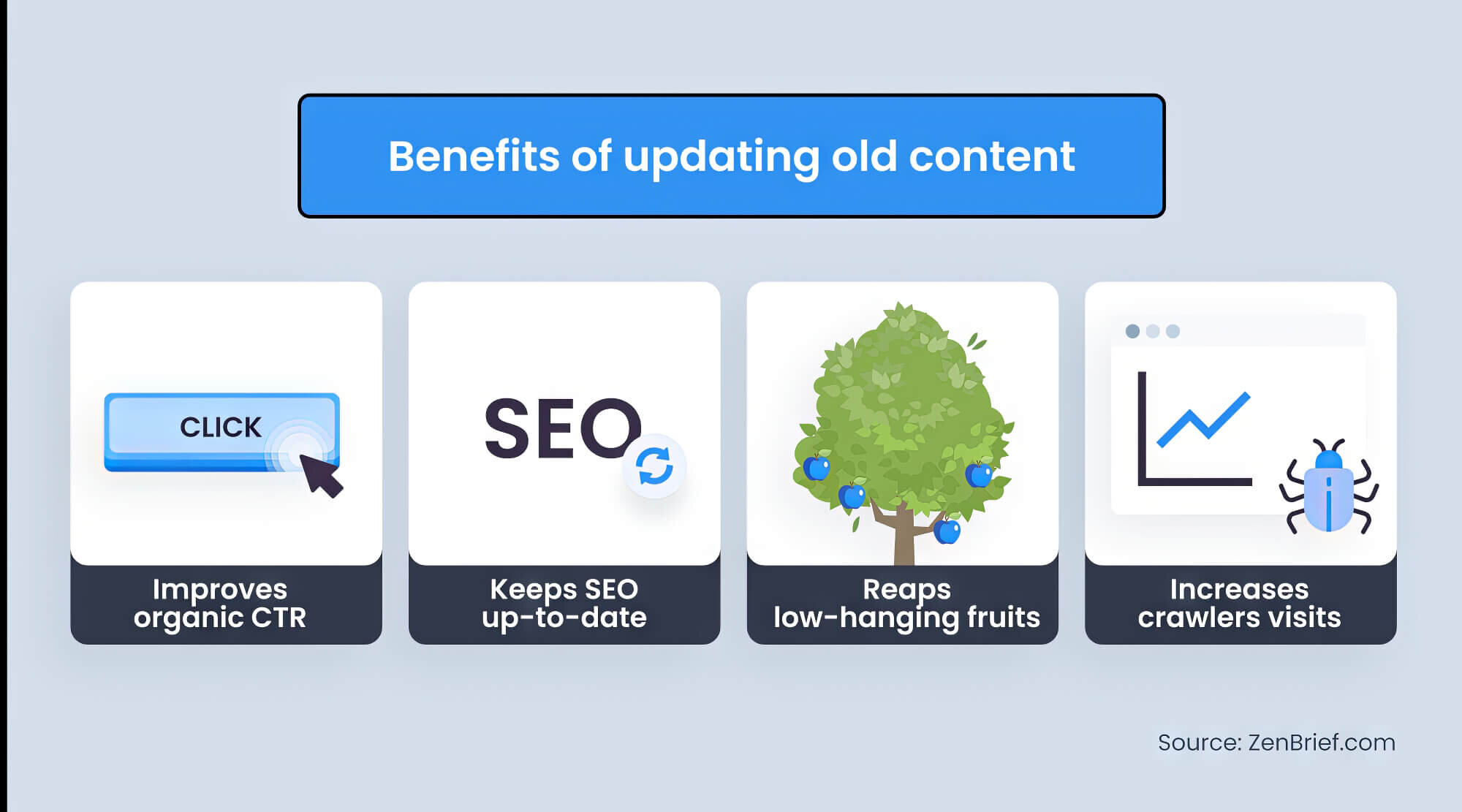
3. Specify Your Underperforming Content
One of your most important decisions is which content you must upgrade and optimise. Not every piece of old content needs an upgrade or is worth the time and effort it takes to do a refresh.
It’s most productive to elevate underperforming content with potential. By potential, we mean it’s doing okay in some respects. It’s still getting some kind of engagement, whether a limited number of views, a couple of comments, or one share.
For example, a blog post could have low views, but those who read it comment. Or, an article could have a good amount of visits, but people don’t stay on the page long.
Specify your underperforming content using your performance data, as this is where you should focus your efforts. You must figure out what about it is contributing to a weak performance generally and on search engines. In other words, why don’t people want to engage with it, and why aren’t search engines happy with it? Digging into the following will help you with this.
4. Compare to Your High-Performing Content
High-performing content that ranks well indicates that you’re doing many things right in your content. If you can mirror what’s going on in this content in your low-performing old content, you’re likely to help boost and see better SEO results.
Compare each piece of underperforming content to a piece of high-performing content. What does the latter have that the former doesn’t? For example, maybe the high-performing content has visuals in it that enhance the reader’s understanding, while the low-performing content doesn’t include visuals.
Be as detailed as possible so that you have specifics regarding enhancing each piece of low-performing content.
The Necessity of Revisiting and Revitalising Old Content
In the ever-changing landscape of digital marketing, the phenomenon of content decay is an unavoidable reality. Content decay is the inevitable deterioration in the performance and relevance of older blog posts and articles over a period.
Ignoring this aspect could lead to a decline in your site’s SEO performance, making it imperative to scrutinise and update your existing content periodically.
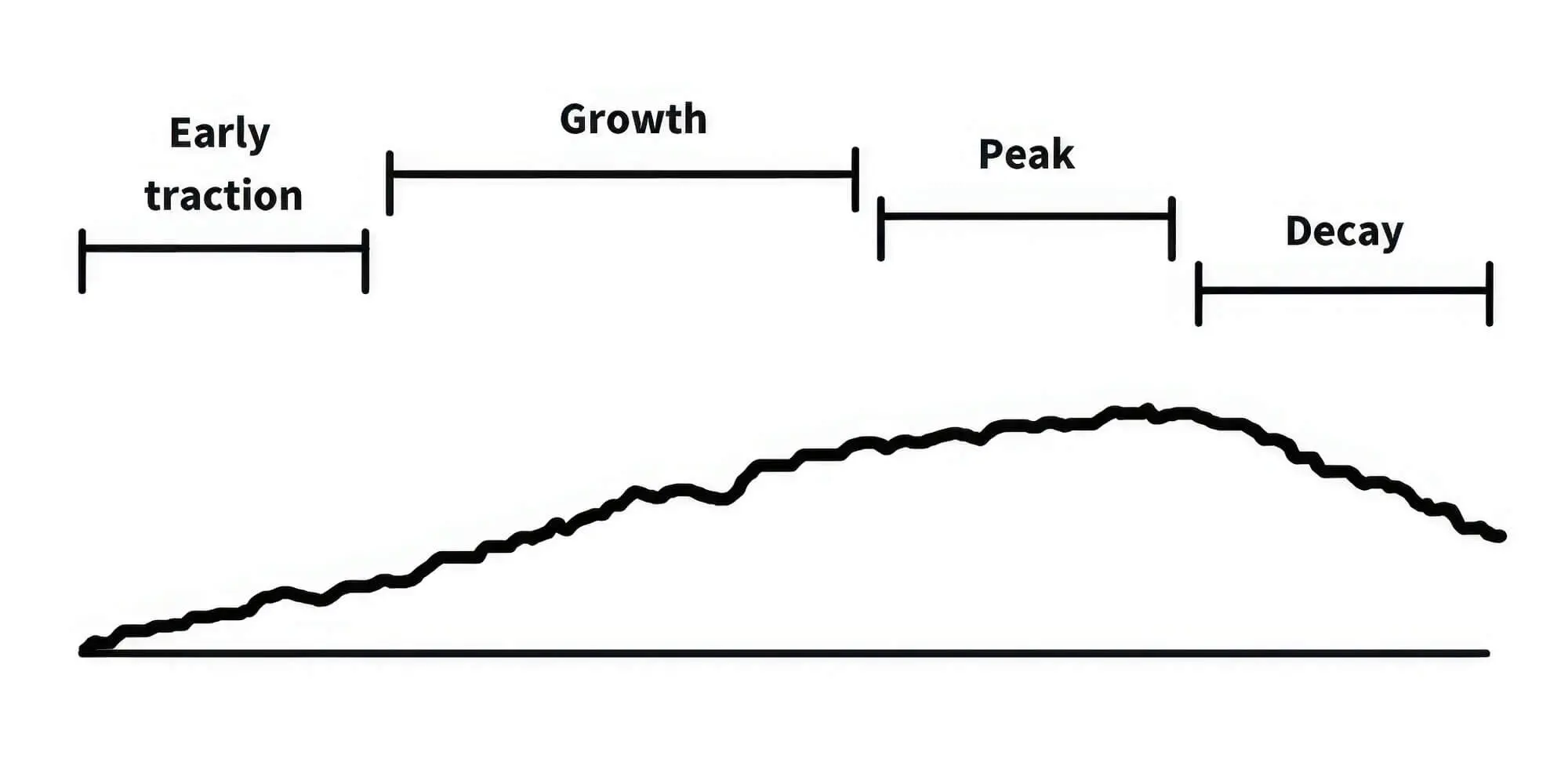
Grasping the Dynamics of Content Decay
The obsolescence of content isn’t a sign of poor quality; rather, it’s an inevitable outcome of various evolving variables:
- Algorithm Updates: Search engines continually refine their algorithms, altering the ground rules for what constitutes good ranking.
- Evolving Industry Trends: Fluctuations in industry norms and popular interest can cause even cutting-edge content to become stale.
- Emergence of Competition: The appearance of new competitors who publish updated, relevant content can overshadow your existing material.
- Technological Progress: Outdated information can significantly impact your content’s relevance as technological innovations take centre stage.
- Why Regularly Assessing Your Content Matters
Understanding content decay is the first step; the next involves strategic revisions to combat its effects:
- Staying Current: Updating older articles helps them stay in tune with modern trends and provides relevant information for your industry.
- Optimising for SEO: Search engines prioritise updated, relevant content. Refreshing your articles can help maintain or improve their search rankings.
- Elevating User Experience: Obsolete content may disorient or mislead your audience. Updated information ensures a smoother user journey.
- Seizing New Optimisation Avenues: The changing landscape of keywords and audience preferences opens up new opportunities for improving your content.
Creating an Effective Content Review Calendar
A proactive approach involves setting up a routine for revisiting your content:
- Review Frequency: The pace at which you revisit old content would differ depending on the industry and the length of it, such as if it’s a 5-minute read. However, periodic quarterly or bi-annual reviews usually work well.
- Selective Focus: Recognise which articles require immediate attention. Prioritise those with declining metrics or tackling enduring themes in your field.
- Revamp Approach: Create a plan detailing how to update each piece, from text revision to visual refreshment and keyword re-optimisation.
- Success Metrics: Establish concrete objectives for each review cycle and track performance metrics, such as improved search rankings, user engagement and click-through rate metrics.
Proactively dealing with content decay and updating the publish date by incorporating review cycles into your SEO strategy can revitalise stale articles.
This proactive approach ensures your content remains a potent tool for driving organic traffic maintaining your edge in the competitive digital and content marketing realm. Now, look at further strategies for optimising your site’s performance.
Revamping your Underperforming Content
Following the completion of all preparation procedures for updating old content for SEO, it’s time to add new information and upgrade; it’s time to revamp and create new content from your existing pieces.
You must figure out what about it is contributing to a weak performance generally and on search engines. In other words, why don’t people want to engage with it, and why aren’t search engines happy with it?
While integrating any fresh content, follow the mentioned steps for each old post you intend to upgrade. This will help retain your organisation and maintain focus on improving your visibility on search engines.
1. Create New Measurable Goals
Identify the intended outcomes you wish to achieve prior to embarking upon the process of updating your old content.
To reach your goals, you will need to set specific key performance indicators (KPIs) to track the effectiveness of your content. Set short and long-term goals for your content and determine which specific metrics to ensure you’re progressing toward that goal.
For instance, if the goal of your SEO efforts is to get enhanced engagement, you can track comments and shares. Or, if you want more visitors, you can track organic traffic. You may also want to track your content alongside other business growth KPIs to see if your updates generate leads.
Give your content about 6 months before analysing it again to see whether your efforts worked in your favour.
2. Determine What Content You Need to Upgrade and When
You’ve got your list of low-performing pieces of old content and have gone through each to specify what you can do to upgrade and optimise them for SEO. As much as you may want to get them all done in a day, you won’t.
That’s why figuring out what piece to start with and which ones will come after is important. The pieces that don’t require a whole lot of upgrades and will result in better performance are a great way to start the content updating procedure. Then, move on to the pieces that require extensive upgrades but will also bring better results. After that, you can focus on optimising the content you won’t see results from for a while.
This is just one way to determine what content you need to upgrade and when. Refine this system to fit you and your team if you have one.
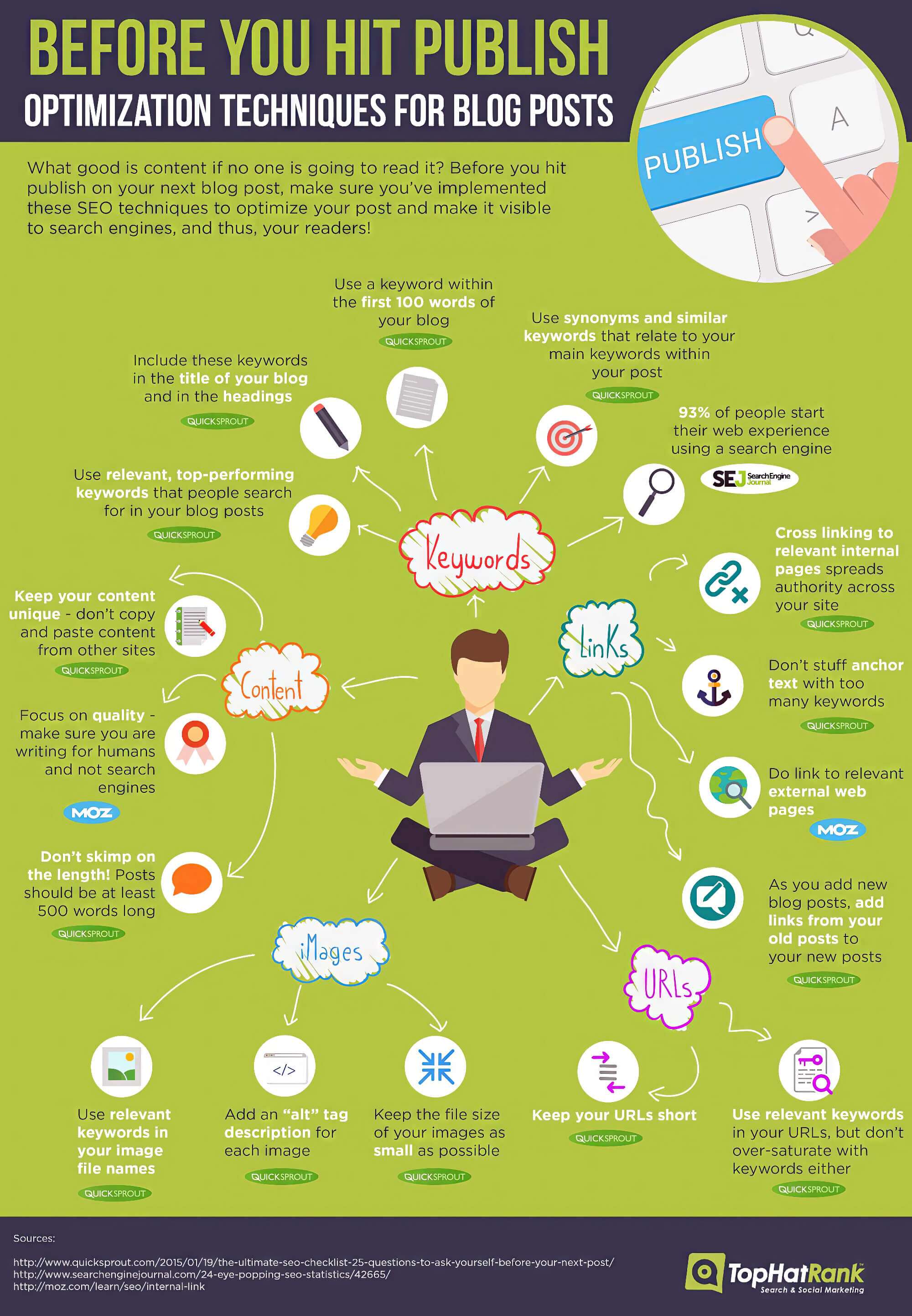
3. What Keywords and Phrases Are You Using?
If your keywords and phrases weren’t aligned with search intent and the subject of your piece before, you need to make sure they match now. Your content could provide value and be what your audience needs. But if you’re using keywords and phrases that aren’t right for the piece, it could be the reason your visibility is low on search engines.
Search engines are designed to produce search results that match a user’s inquiry or statement. If your content doesn’t include the words your audience uses to find content on the topic you’re discussing, it won’t show up high and will probably be stuck on page 2 or even further in SERPs.
In addition, if you’re using keywords and phrases with high competition, you’ll unlikely rank on the first page of SERPs. For example, you’re trying to show up in SERPs when people type in “beauty products.” There are millions of beauty businesses worldwide, many of which are trying to rank for that same key phrase. If you were using something more specific, otherwise known as long-tail keywords, like “beauty products for pale women,” you’d have a better chance at ranking higher.
Now, this isn’t the only contributing factor, but it matters. Review the notes you made on the relevant keywords and phrases utilised in this particular piece of underperforming content. Note how competitive they are and whether or not your audience is using them to find content.
Conduct new keyword and phrase research using an AI-powered SEO tool like Google’s keyword planner. One main keyword, a couple of secondary keywords, and a keyword phrase is a good rule of thumb for choosing keywords and phrases.
4. Look at Your External Links
In addition to the keywords and phrases in underperforming content, What kind of external and internal links are you utilising within these articles? Search engines don’t like linking to low-quality content and sites with questionable reputations.
On the contrary, search engines appreciate articles and blog posts that link to other high-quality content. Good links fuel better SEO results because they show search engines you’re connecting your content to other high-quality articles and blog posts from reputable sites.
Your visitors will also enjoy it because you’re adding new and relevant aspects to boost the value of your content, enhancing their understanding and ability to solve problems. So, revisit the links you already have in the piece. Make note of the links that don’t work in your underperforming content.
For the links that do work, determine if they’re high-quality. What’s the page’s domain authority? How much engagement is it getting? What kind of value does the piece provide? The content you link to should provide additional context around what you’re discussing and give readers a better understanding of more resources.
In this link analysis, you’ll pinpoint which you need to replace to potentially better how useful your content is to your audience and search engines.
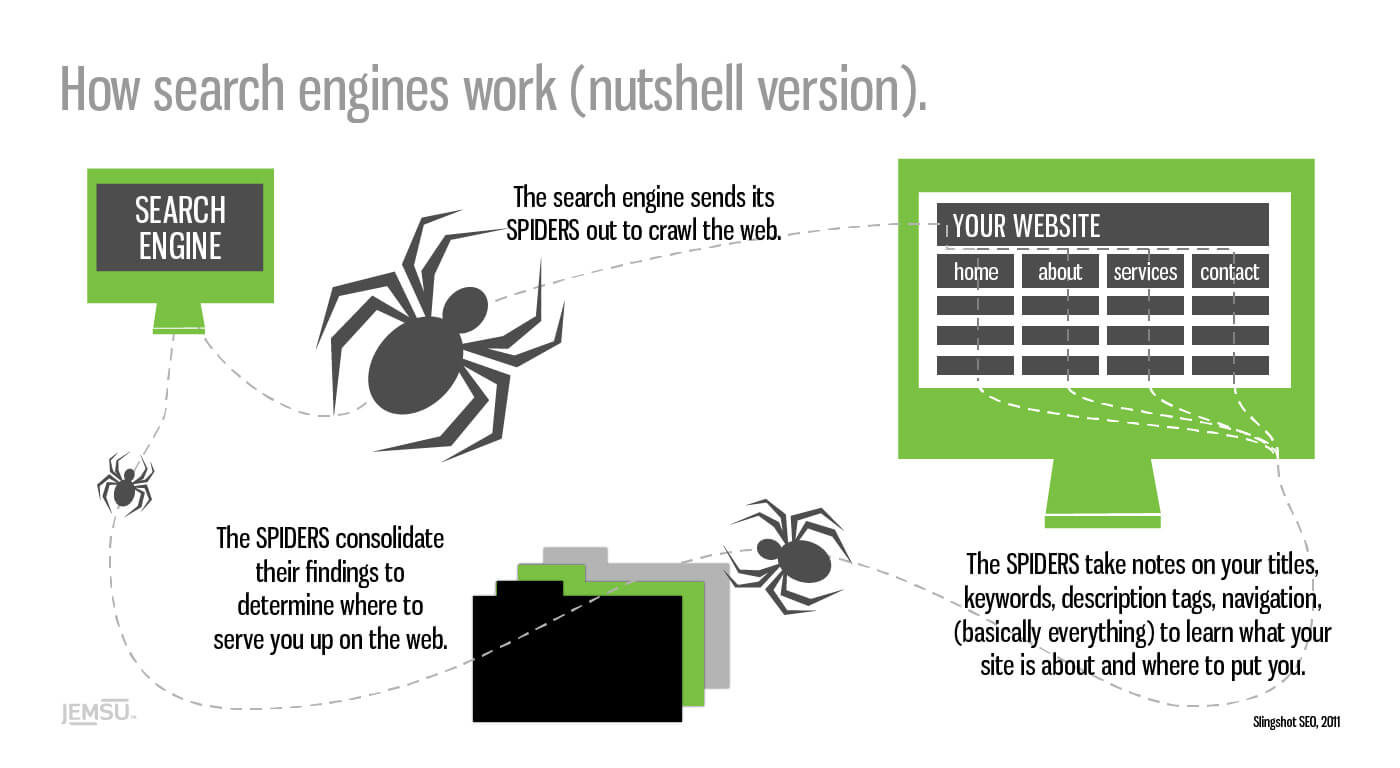
5. Are the Topics Relevant and Interesting?
Much of the engagement you garner on your posts is linked to the topic, especially if those were initiated years ago. If it isn’t relevant and of interest to your target audience, they won’t read it, let alone engage with it.
Are the topics in your underperforming content appropriate for and intriguing to your audience? You can refer to your data on your content and target audience to help you develop a definitive yes or no.
For example, you should know your target audience’s interests, lifestyle, and pain points. Based on this data, does the topic speak to one of their interests, help them solve a pertinent challenge, or assist them in living their life better?
You can also look at your target audience’s content preferences and behaviours. Have they engaged with content on similar topics, and do they do it regularly?
The more you know about your target audience, the easier it will be to decide if a topic is relevant or interesting.
After revisiting the target audience data, go back to the topic. Flesh it out more to ensure you’re covering what’s relevant to your audience in a fresh, interesting way.
For example, your old blog post discussed seven ways to stay motivated. You talked about what other bloggers already covered and added your perspective.
This topic is relevant to your target audience. But it says what all the other bloggers say, and your audience isn’t fond of that. You could take a more unique angle, discussing seven things people tell you not to do if you want to stay motivated and why you do them. It’s still giving your audience what they want but in a fresh, fascinating way.
Define the new direction for your piece’s topic. Decide what new information you’ll include and what you’ll talk about in more depth.
6. Add More Value
The more you blog, the more you learn about what’s valuable to your target audience and how to provide that value. Unfortunately, you didn’t have this knowledge when crafting your older posts. Not having that relevance could be why these posts did not work well with your audience and search engines.
Armed with an understanding of your audience’s preferred value, you can commence updating your old content effectively. How can you add more value to this particular piece of content? Could you cover another angle? Could you add more practical tips? Does it need a story to resonate with your readers emotionally?
Adding more value to your content and increased engagement on an old article is almost guaranteed.
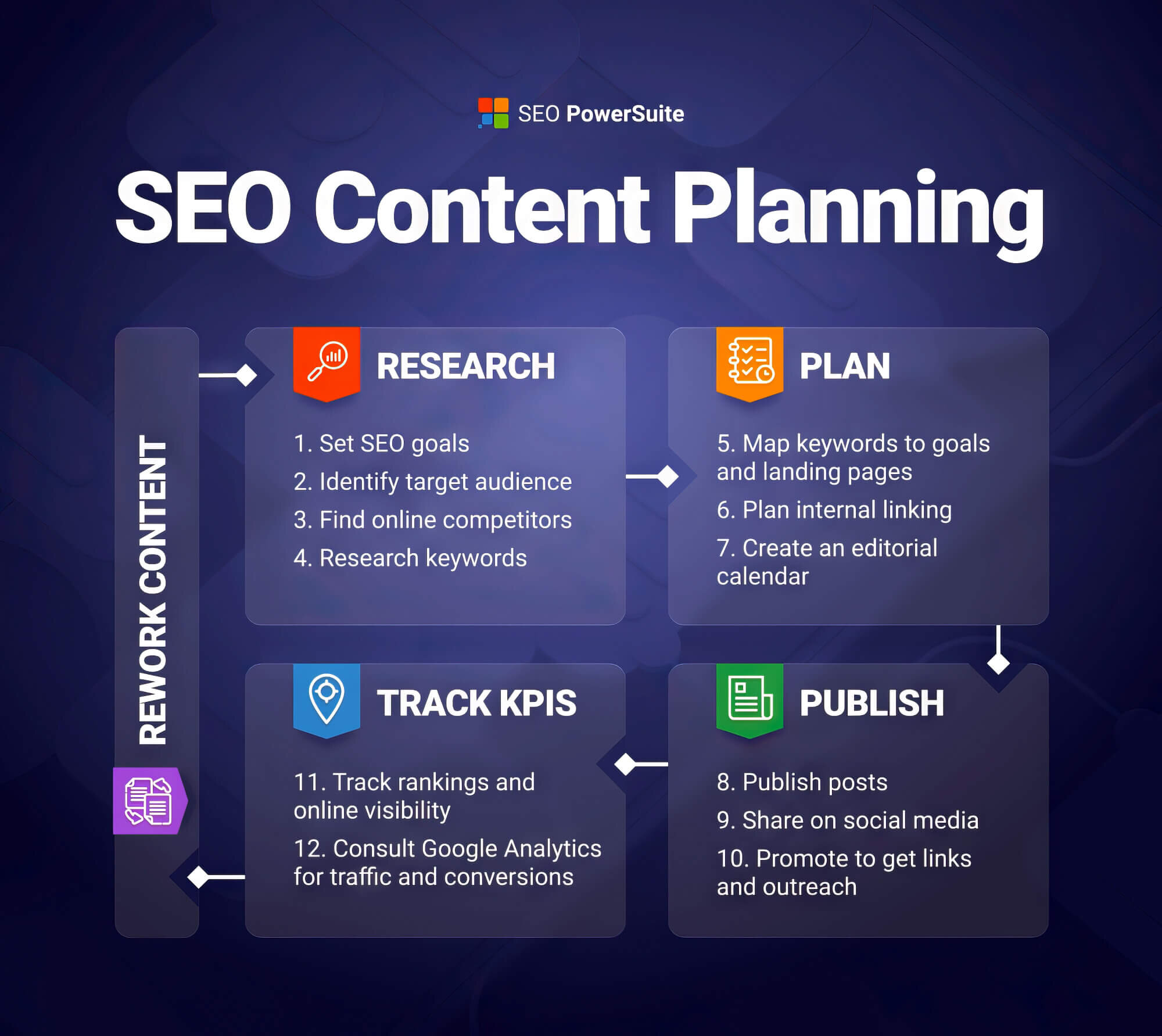
7. Revisit Each Post’s Format
The reason your content isn’t performing well could have nothing to do with what you’re talking about. Your topic could be on point. But if your post is formatted in a way that’s hard to get through, people will quickly leave the page and forget about finishing the reading.
If you want to create better content for your blog and become a favourite on search engines, you must delve into formatting. Having a cleanly formatted blog is necessary to improve the user experience. Inspect the format of each of your undeperforming posts, check for broken links, and dig into questions like the following to identify where your old pieces could use some reformatting:
- Are there any visuals in the post, and if so, don’t they come with appropriate alt text?
- Are you using white space appropriately?
- Is your content digestible with appropriate meta-tags and descriptions?
- Could you break up long paragraphs into shorter ones?
- Could you organise the piece better using subheadings?
- Are you using bulleted or numbered lists to make content more digestible?
- Could you incorporate visuals to enhance your post’s appeal and engagement?
- Is the font appropriately sized, and does it contrast well with the background?
- Do you have a user-friendly and keyword-optimised URL for your post?
No matter what the piece is about, it must be reader-friendly and digestible to everyone in your audience, regardless of ability, background, or experience. Reformatting your old content will be a big part of optimising it better for SEO. It’ll also help you create a better experience for visitors.
Revitalise Your Website’s Potential
Upgrading and optimising old content for SEO is a vital strategy in today’s digital landscape. By breathing new life into your existing content, you can unlock the untapped potential of the content on your website and drive more organic traffic. With the right techniques, such as keyword research, on-page optimisation, and improving user experience, you can enhance your content’s visibility and relevance in search engine rankings.
If you’re looking for expert guidance and support in optimising your website’s content, look no further than sitecentre®. Our team of seasoned SEO professionals understands the intricacies of content upgrades and optimisation, and we’re here to help you achieve your SEO goals.
Contact us today to discuss how we can assist you in maximising the impact of your old content and boosting your website’s performance. Together, let’s take your online presence to new heights.
So, improving your SEO results is always in your best interest. Initiate by seeking to optimise old and outdated content and upgrading it accordingly.



